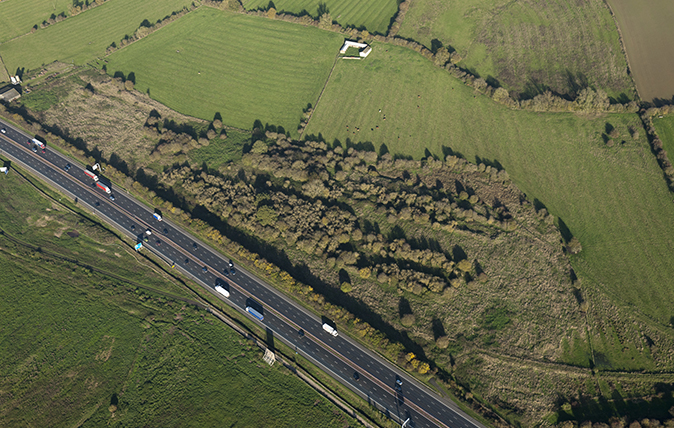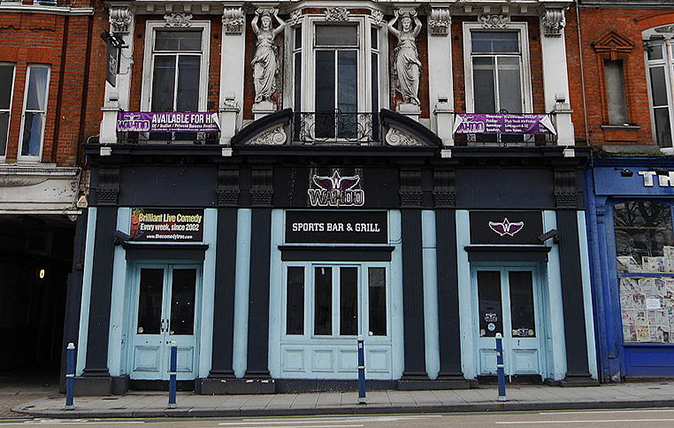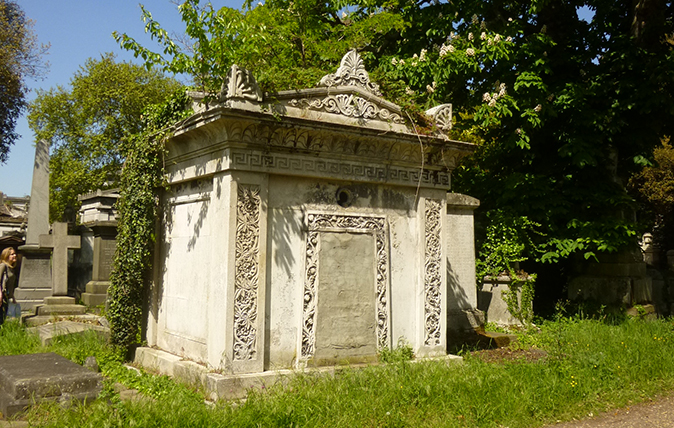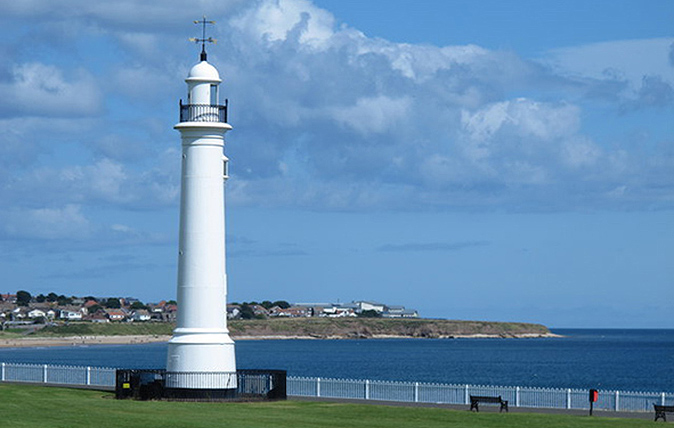7 heritage sites in need of rescue
Historic England publishes an annual Register of Heritage at Risk. Here are seven sites added to the list this year.


Naze Tower, Walton on the Naze, Essex (Grade II*) Built in 1720, the 86 foot lookout post was used during both the Napoleonic and First World Wars, and as a Radar station during the Second World War. It was re-pointed in sand and cement in the 1970s which has led to severe damp, a problem for the art gallery that uses the building at the moment. The structure around the roof, already too small for the number of visitors to the viewing platform, is cracking significantly and letting water in. There is also very bad structural cracking where a hole was made to install radar equipment in the Second World War. It was patched up with brick, sand and cement mortar. Historic England has given a grant towards building repairs.

National Filling Factory No. 9, Banbury, Oxfordshire Hidden in bushes on the side of the M40, the National Filling Factory No.9 was built to fill shells with high explosive and by 1918 converted to produce poison gas.
As the First World War ground into a stalemate and trench warfare, the British army found itself worryingly short of ammunition. NFF No. 9 was one of the first rapidly purpose-built factories intended to greatly increase the supply of artillery shells to the fighting fronts. It was here that ready-made shell canisters were filled with explosives and shipped out as completed ammunition. Around 1500 local people, a third of them women, were employed in this dangerous work. Exposure to chemicals coloured their skin and they came to be known locally as ‘canaries’.

St Thomas Moore, Sheldon, Birmingham (Grade II)
A 1968 Roman Catholic church built entirely from concrete, by nationally-important architect Richard Gilbert Scott. It is an early example of a Vatican II design built in 1968-70, where the plan is ‘fan-shaped’ and the priest and congregation interact. Built in cast in-situ concrete, the structure raises high above the altar. There are also spectacular stained glass windows by John Chrestien. The church is at risk because the roof is leaking, some of the concrete is starting to break up and flake and condensation is building up on the windows.

The White Lion, Wandsworth, London (Grade II)
This sprawling Victorian pub built in 1887 was a live music venue in the late 70s and 80s. Punk bands played there regularly including “X Ray Spex”. It now lies empty after the previous owner went in to administration.
Exquisite houses, the beauty of Nature, and how to get the most from your life, straight to your inbox.

Mausoleum of Joseph Hudson, Kensal Green Cemetery, London (Grade II)
One of the cemetery's most ornate tombs, the Mausoleum of Joseph Hudson is made of Portland stone and dates from 1850. When he was young, Joseph Hudson fought in the battle of Loutherbourg, a decisive naval battle in the Napoleonic war with France. Later he became a successful tobacconist whose shop in Oxford Street also served as a ‘cigar divan’, popular with a sporting clientele. Plants and saplings are damaging the roof of the tomb. Joints in the stonework are separating, allowing water to get in and further damage the tomb.

Old Pier and Lighthouse, Roker, Sunderland, (Grade II)
Roker Lighthouse was built on the old South Pier in 1856 by the engineer Thomas Meik and was used until 1903. Made of iron and steel it was moved to nearby Roker Cliff Park in 1983. Water is getting in to the lighthouse and some parts of the metal structure is starting to corrode. Sunderland City Council is planning to start repair works soon.

Westgate Hill Cemetery, Newcastle upon Tyne
Westgate Hill is one of the earliest garden cemeteries in England (1829) and the earliest in the North East. The chapel has been lost and the original layout is covered by vegetation, the scale and character of the site remains. Many of the surviving monuments have been damaged through weathering, vandalism and ivy growth. Invasive weeds and scrub growth along with vandalism, anti-social behaviour and minimal maintenance mean more of this special site could be lost.
Agnes has worked for Country Life in various guises — across print, digital and specialist editorial projects — before finally finding her spiritual home on the Features Desk. A graduate of Central St. Martins College of Art & Design she has worked on luxury titles including GQ and Wallpaper* and has written for Condé Nast Contract Publishing, Horse & Hound, Esquire and The Independent on Sunday. She is currently writing a book about dogs, due to be published by Rizzoli New York in September 2025.
